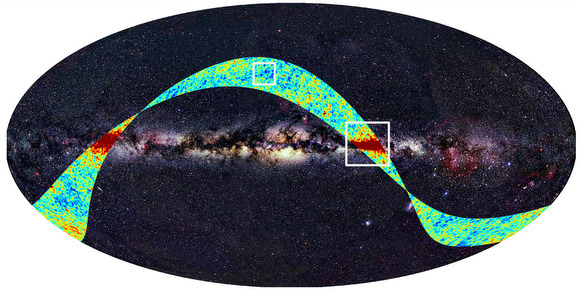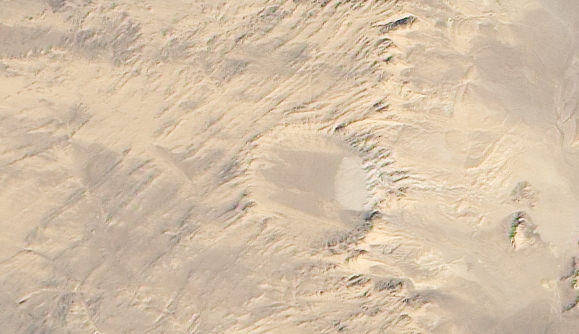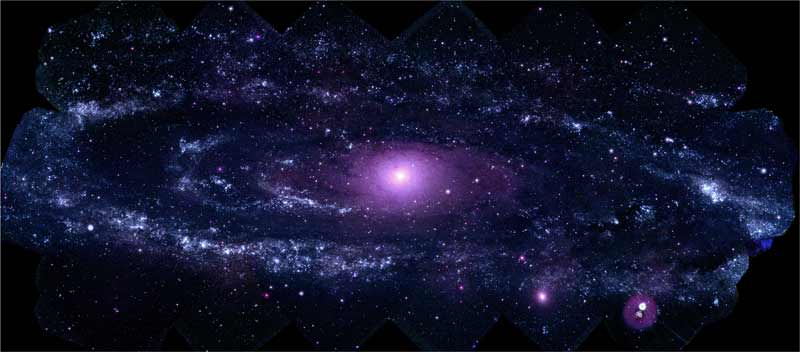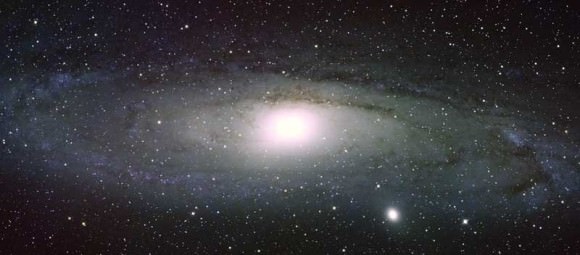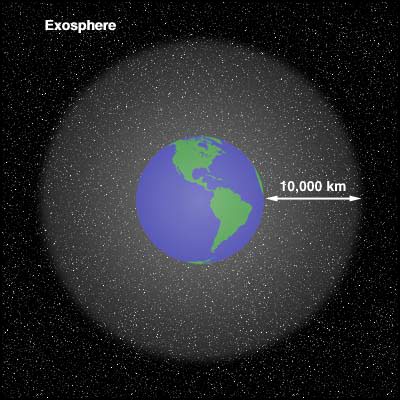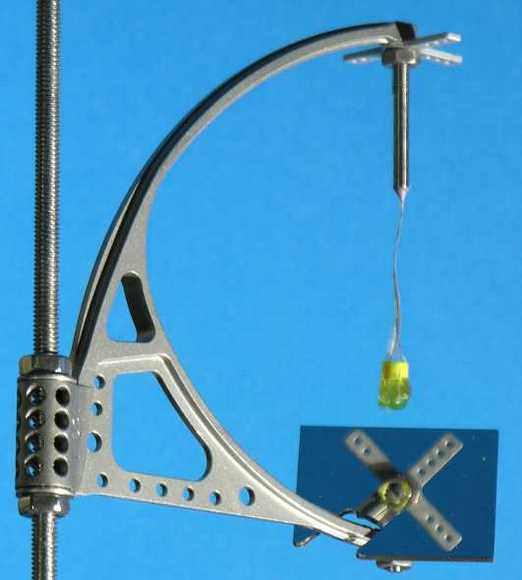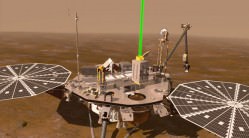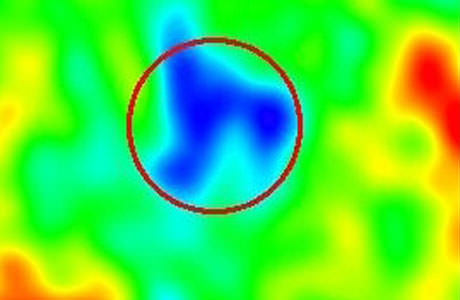Greetings! In case you weren’t tuned into Galactic TV yesterday… We had us a regular skyfest! Truly pristine dark skies ruled and the IYA “Live” telescope rocked the Aussie night away. For more than 8 hours we went from target to target – and loved every minute of it. While we could have done a lot more than four objects, allowing you time to enjoy them is a worthwhile effort, too. While I’d ordinarily spread this over a couple of days I’m going to post all our objects – M2, M41, M93 and M46 – right now because I’m outta’ here for the Hidden Hollow Star Party. Want to party at your end? Then check out information on our iPhone Galactic TV Weekend Marathon! Enjoy!!
Messier 2 or M2 (also designated NGC 7089) is a globular cluster in the constellation Aquarius, five degrees north of the star Beta Aquarii. It was discovered by Jean-Dominique Maraldi in 1746 and is one of the largest known globular clusters.
M2 was discovered by the French astronomer Jean-Dominique Maraldi in 1746 while observing a comet with Jacques Cassini. Charles Messier rediscovered it in 1760 but thought it a nebula without any stars associated with it. William Herschel was the first to resolve individual stars in the cluster, in 1794. M2 is, under extremely good conditions, just visible to the naked eye. Binoculars or small telescopes will identify this cluster as non-stellar while larger telescopes will resolve individual stars, of which the brightest are of apparent magnitude 13.1.
M2 is about 37,500 light-years away from Earth. At 175 light-years in diameter, it is one of the larger globular clusters known. The cluster is rich, compact, and significantly elliptical. It is 13 billion years old and one of the older globulars associated with the Milky Way Galaxy. M2 contains about 150,000 stars, including 21 known variable stars. Its brightest stars are red and yellow giants. The overall spectral type is F4.
Messier 41 (also known as M41 or NGC 2287) is an open cluster in the Canis Major constellation. It was discovered by Giovanni Batista Hodierna before 1654 and was perhaps known to Aristotle about 325 BC.
M41 lies about four degrees almost exactly south of Sirius. It contains about 100 stars including several red giants, the brightest being a spectral type K3 giant near the cluster’s center. The cluster is estimated to be moving away from us at 23.3 km/s. The diameter of the cluster is between 25 and 26 light years. Its age is estimated at between 190 and 240 million years old. M41 is also referred to as NGC 2287.
Messier 93 (also known as M 93 or NGC 2447) is an open cluster in the constellation Puppis. It was discovered by Charles Messier in 1781.
M93 is at a distance of about 3,600 light years from Earth and has a spatial radius of some 10 to 12 light years. Its age is estimated at some 100 million years.
Messier 46 (also known as M 46 or NGC 2437) is an open cluster in the constellation of Puppis. It was discovered by Charles Messier in 1771. Dreyer described it as “very bright, very rich, very large.” M46 is about 5,500 light-years away with an estimated age on the order of several 100 million years.
The planetary nebula NGC 2438 appears to lie within the cluster near its northern edge, but it is most likely unrelated since it does not share the cluster’s radial velocity. The case is yet another example of a superposed pair, joining the famed case of NGC 2818.
M46 is about a degree east of M47 in the sky, so the two fit well in a binocular or wide-angle telescope field.
If you had fun with this, then make sure to tune into your TVU Channel Number 79924 on your iPhone for a weekend marathon of all the best of our IYA Live Telescope! Wishing you all clear skies and a great weekend….
Factual information courtesy of Wikipedia.


